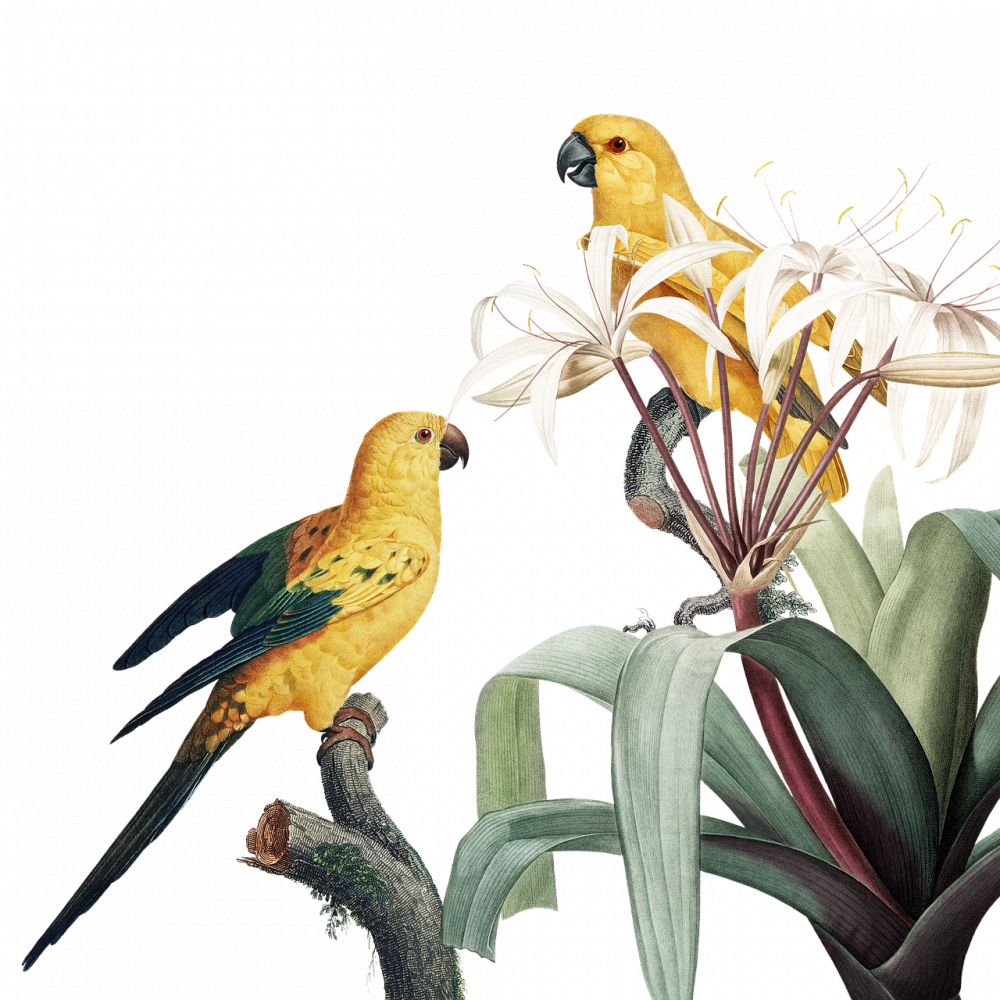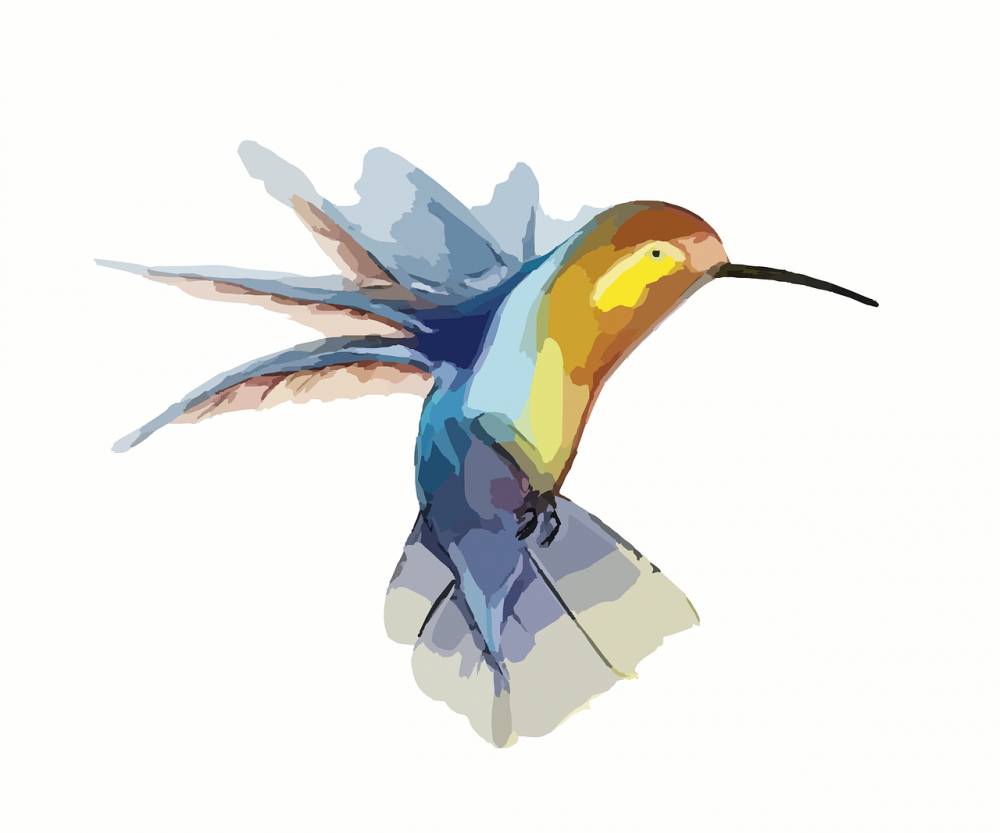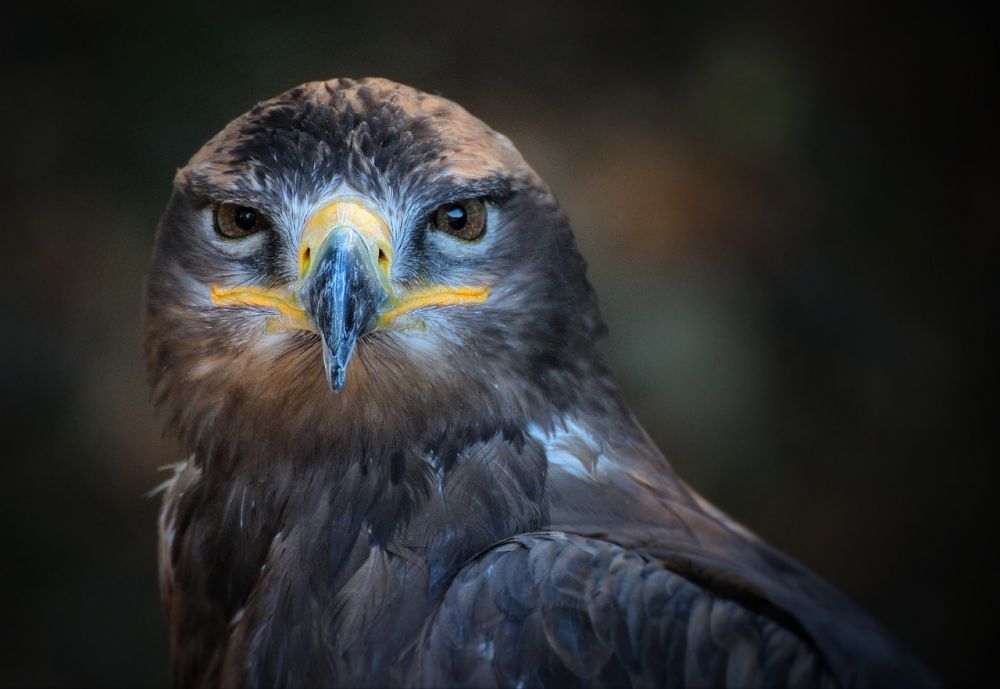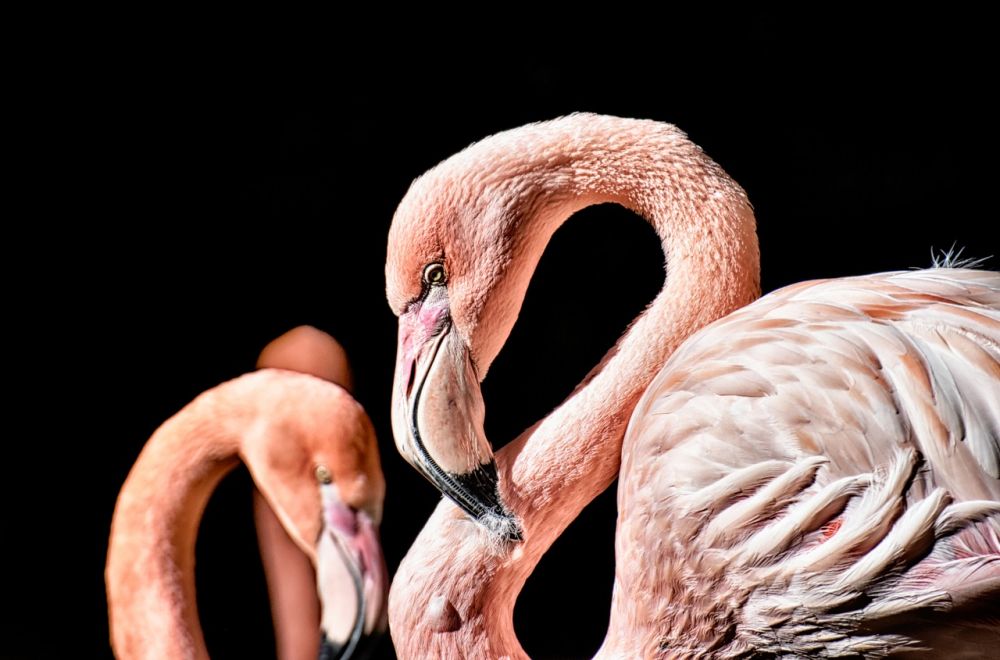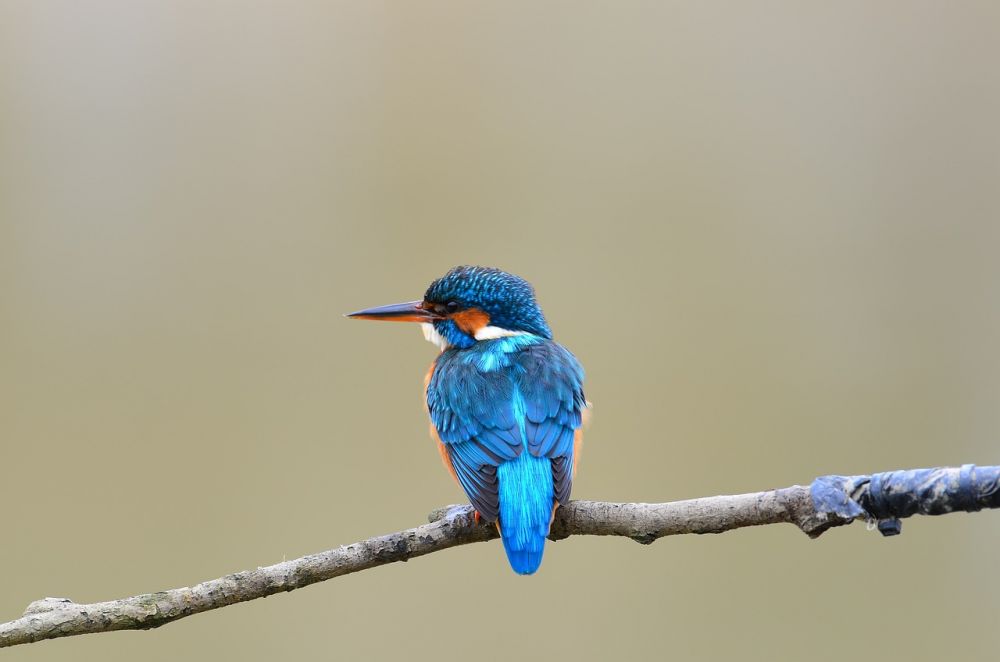Kiwi bird - A Comprehensive Overview
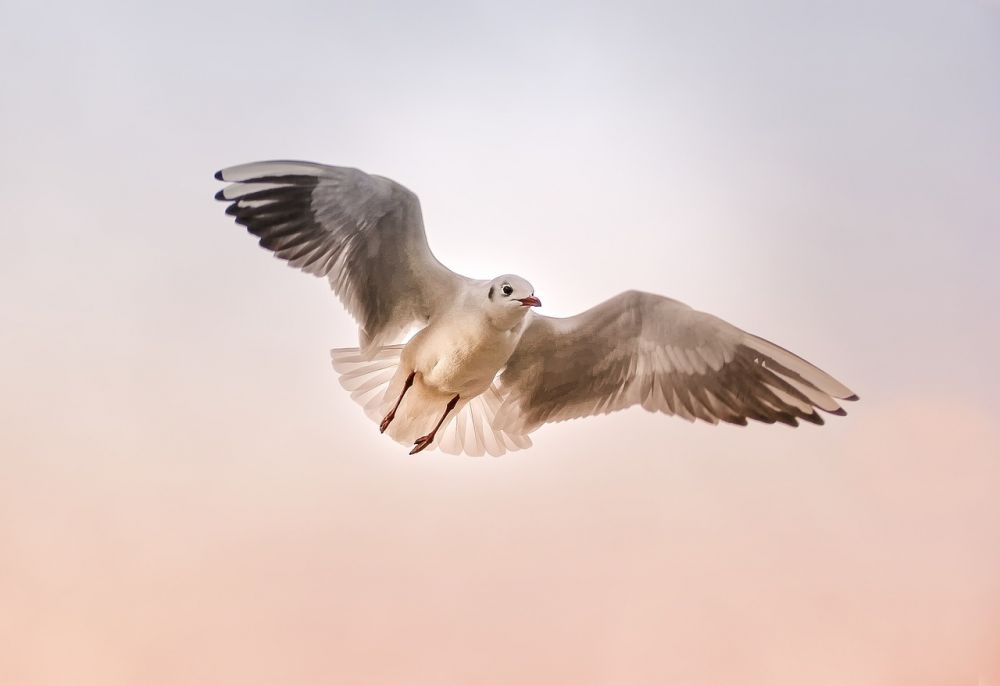
The Fascinating World of the Kiwi Bird
Introduction:
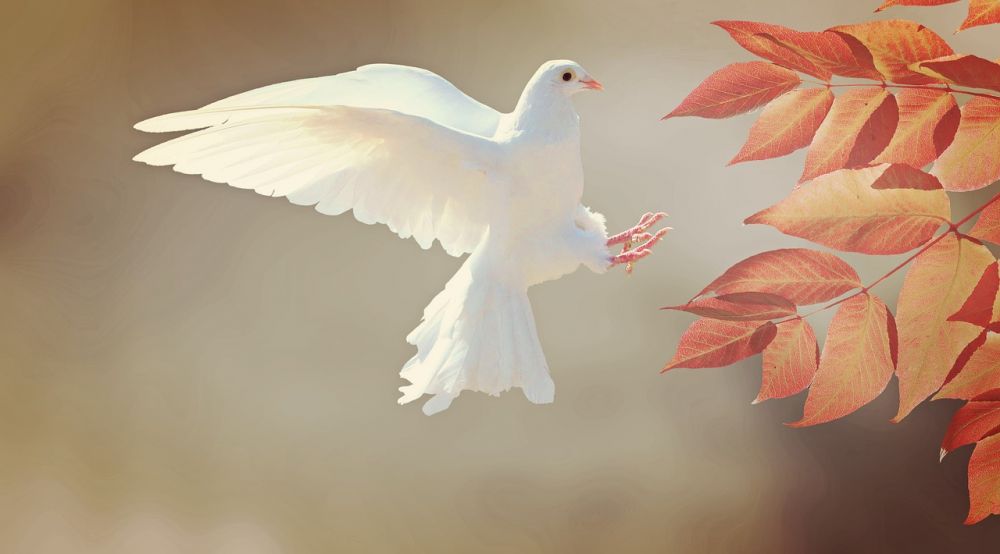
The kiwi bird, a native of New Zealand, is a unique and intriguing species that captures the attention of many. Despite its small size and flightless nature, this remarkable creature has garnered significant interest worldwide. In this article, we will delve into the various aspects of the kiwi bird, including its characteristics, types, popularity, quantitative measurements, differences among species, and a historical analysis of their advantages and disadvantages. So, let’s explore the captivating world of the kiwi bird together.
Understanding the Kiwi Bird
Overview:
The kiwi bird belongs to the Apterygidae family and is known for its distinct appearance and behavior. With its round body, long beak, and small wings, the kiwi bird stands out among its avian counterparts. There are five main species of kiwi birds – the North Island brown kiwi, the Great Spotted kiwi, the Brown kiwi, the Little Spotted kiwi, and the Okarito kiwi. Each species showcases unique characteristics, habitats, and conservation requirements, making their study essential for understanding the diversity within this exceptional bird family.
A Closer Look at Popular Kiwi Bird Species
North Island
Brown Kiwi:
The North Island brown kiwi is the most recognized and widely spread kiwi bird species. It is known for its brown feathers, long body, and a curved beak that aids in digging and foraging. This species mainly inhabits the forested regions of the North Island, where its population faces numerous challenges due to predators and habitat loss.
Great Spotted Kiwi:
The Great Spotted kiwi, also known as the roroa, is the largest species within the kiwi bird family. It has distinct spots on its feathers and can be found in the forests of South Island and Stewart Island. Due to its substantial size and distinctive appearance, the Great Spotted kiwi has become a symbol of New Zealand’s wildlife conservation efforts.
Brown Kiwi:
The Brown kiwi, also referred to as the tokoeka, is well-adapted to diverse habitats, including forests, scrublands, and even Alpine grasslands. It is known for its shorter beak and spiky brown feathers, making it easily distinguishable among other kiwi bird species. The Brown kiwi faces numerous threats, mainly from introduced predators, necessitating intensified conservation efforts.
Little Spotted Kiwi:
As the smallest and rarest kiwi bird species, the Little Spotted kiwi, also known as the kiwi pukupuku, is considered a national treasure in New Zealand. With its round body and mottled feathers, this species primarily resides on predator-free island sanctuaries, making it highly vulnerable to external threats.
Okarito Kiwi:
The Okarito kiwi, also known as the rowi, is a critically endangered species that resides in the Okarito forest on the South Island of New Zealand. With its long beak and different-sized feathers, this species has adapted to its unique environment. Conservation organizations are devotedly working towards safeguarding and increasing the population of this remarkable kiwi bird species.
Quantitative Insights into Kiwi Birds
Population Numbers:
The population of kiwi birds has been a concern due to habitat destruction and predation. According to recent surveys, it is estimated that there were approximately 68,000 kiwi birds in New Zealand in 2020. However, this number has significantly decreased from historical counts, highlighting the urgent need for conservation efforts.
Egg Size and Weight:
The average size of a kiwi bird egg ranges from 15 to 20% of the bird’s body weight. This remarkable ratio is a unique feature among birds, contributing to the challenges faced by kiwi birds during reproduction and ensuring the survival of their offspring.
Survival Rate:
The survival rate of kiwi bird chicks is relatively low, with only around 5% reaching adulthood due to predation and environmental factors. This low survival rate underscores the significance of conservation initiatives and the need for protective measures to preserve these magnificent birds.
Comparative Analysis of Different Kiwi Bird Species
Physical Characteristics:
While all kiwi bird species share certain common traits like flightlessness and long beaks, there are notable physical differences between them. The North Island brown kiwi, for example, tends to have longer beaks compared to the Brown kiwi, which has more spiky feathers. Understanding these variations helps researchers and conservationists identify different species and contribute to their preservation.
Feeding Habits:
Each kiwi bird species displays distinct feeding behavior based on their habitats and diets. The Great Spotted kiwi, for instance, predominantly feasts on insects, while the Brown kiwi occasionally includes fruits and small invertebrates into its diet. This differentiation in feeding habits helps maintain ecological balance within their respective ecosystems.
A Historical Review of Kiwi Bird Advantages and Disadvantages
Advantages:
Kiwi birds have several unique features that contribute to their survival and make them an integral part of New Zealand’s ecosystem. Their ability to forage on the forest floor helps maintain plant diversity by dispersing seeds. Additionally, their long beaks aid in probing soft soils and extracting invertebrates, contributing to nutrient cycling in the ecosystem.
Disadvantages:
Despite their advantageous traits, kiwi birds face numerous obstacles that threaten their existence. Introduced predators like stoats, cats, and dogs pose a significant threat to the kiwi bird population, as their natural defenses are ill-equipped to counter such predators. Habitat loss due to deforestation and land conversion further exacerbates the challenges faced by these birds.
Conclusion and Closing Thoughts
In conclusion, the kiwi bird is a remarkable avian species that captivates the hearts of many. Through understanding their characteristics, diversity, quantitative measurements, and the unique challenges faced by various species, we can appreciate the significance of conserving these extraordinary birds. With concerted conservation efforts and public awareness, we can work towards preserving the kiwi bird’s existence, ensuring they continue to flourish in the wild.
(Note: The placement of the video will depend on the specific content and topic chosen for the video)

